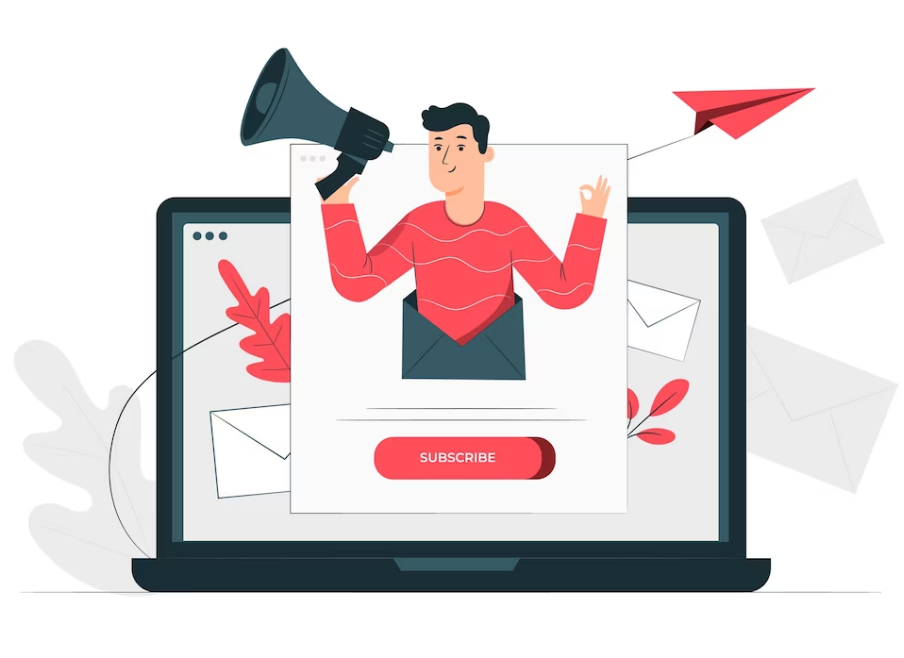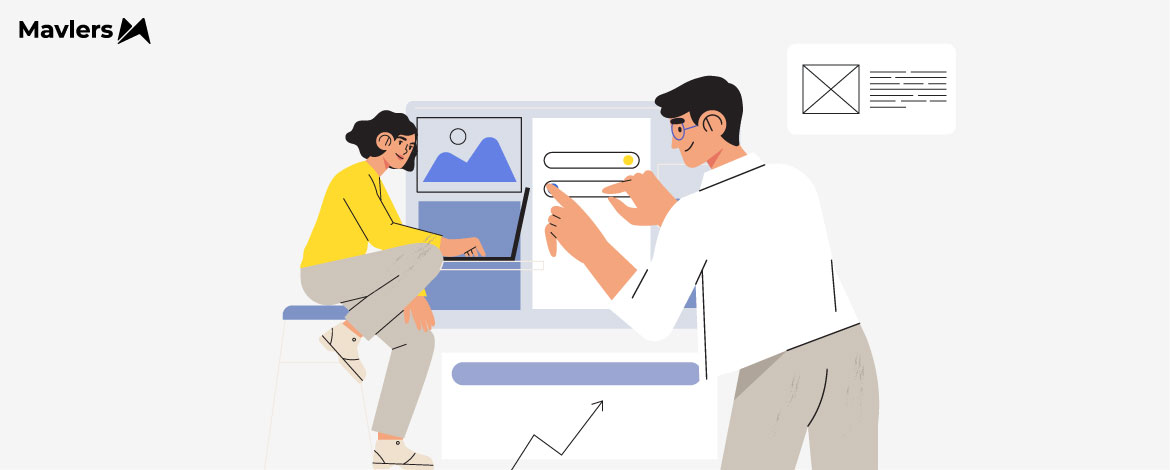Are you ranking lower on SERPs despite a content and design-rich website? Have you lost potential leads recently? Let’s solve it!
Ever since Google rolled out the December 2022 Algorithm update, EEAT has been the buzzword of SEOville. Especially the first E of the EEAT – Experience. In this blog, we will discuss some tricks to boost user experience conversions on your website. These include optimizing the website’s loading speed, simplifying the navigation, and using social proof. We will also explore the role of design in user experience and how to use calls to action to convert visitors into customers. By implementing these techniques, you can improve the overall effectiveness of your website and drive more sales and leads.
Why is User Experience Important?
Before we dive deep, let’s understand the importance of a positive user experience.
While user experience has always been one of the important core values of SEO, this recent update has set the record straight that it is indeed a ranking factor. Failing to optimize your website for user experience will now directly affect its visibility on SERPs, thereby, your website conversion rate. It’s important to ensure that your website is easy for users to find what they are looking for.
- A cluttered or confusing layout can be overwhelming for users, so keep the design of your site clean and easy to navigate.
- A slow-loading website can frustrate users and may cause them to leave before they can explore your site.
- A strong call to action can be the difference between a user taking action and bouncing from your site, so make sure your CTAs are clear and compelling.
Remember, the only issue that stands between you and conversion is a bad user experience. A user-friendly website is important because it can help build trust with your visitors. If people have a positive experience on your site, they are more likely to trust your brand and be more receptive to your message.
How To Improve User Experience
Let’s explore our top 5 tricks to enhance your user experience without much ado.
1. Optimize Loading Speed
The loading speed of a website is important because it can affect the user experience and the search engine ranking of the site. A 2018 Unbounce report says that 70% of users say that page speed influences their purchase decisions. If a website takes too long to load, visitors may become frustrated and leave it before it has finished loading, leading to a high bounce rate and a low average time on site. A high bounce rate and a low average time on site can negatively impact the search engine ranking of a site.

There are several ways to optimize the loading speed of a website:
- Use a content delivery network (CDN) to serve static assets such as images, CSS, and JavaScript files.
- Optimize images by compressing them and using the appropriate image format. This can reduce the file size of the images.
- Enable compression on the server to reduce the size of the HTML, CSS, and JavaScript files that are served to the user.
- Minify HTML, CSS, and JavaScript files to remove unnecessary characters and whitespace, which can reduce the file size.
- Enable browser caching to allow the user’s browser to store static assets locally, which can reduce the amount of data that needs to be downloaded from the server.
These tricks will help reduce the loading time of your website and increase the chances of lead conversion.
2. Simplify navigation
Intuitive navigation is a key element of user experience because it helps visitors to easily find the information they want on a website. If a website has confusing or cluttered navigation, it can be difficult for users to find what they are looking for, leading to frustration and a negative experience.
There are several ways to create intuitive navigation on a website:
- Use clear and descriptive labels for navigation links. This will help users to understand where each link will take them and make it easier to find the information they seek.
- Use a logical hierarchy for the navigation structure. This will allow users to easily understand the relationships between different pages on the site and find the information they are looking for more quickly.
- Use a consistent navigation structure throughout the site. This will make it convenient for visitors to scan through your page.
- Provide a search function on the site. This will allow users to search for specific keywords or phrases.
- Consider using drop-down menus or fly-out menus to help reduce clutter.

3. Use social proof
Social proof refers to the idea that people are more likely to act if they see others doing the same thing. It can be a powerful tool for influencing the behavior of visitors to your website. Here are a few examples of how you can use social proof on your website:

- Testimonials: Displaying customer testimonials on your website can help to build trust and credibility with visitors. Consider highlighting specific and detailed testimonials, as they may be more convincing than general statements.
- Social media followers/likes: If you have a large following on social media, consider displaying the number of followers or likes you have on your website. This can serve as social proof that others value your brand and may encourage visitors to take action.
- User reviews: Allowing users to leave reviews on your website can help to build trust with visitors and serve as social proof. Consider displaying a rating system or the number of reviews you have received to show that others have had a positive experience with your product or service.
- Media mentions: If your company has been featured in the media, consider displaying logos or links to the articles on your website. This can serve as social proof that others find your brand newsworthy and may increase your site’s credibility.
- User-generated content: Encouraging users to share content related to your brand (e.g., photos, videos, blog posts) can help to create a sense of community and serve as social proof that others are engaged with your brand.
4. The role of design in user experience
Design and mobile responsiveness are important factors to consider when creating a website because they can affect the user experience and the site’s search engine ranking.

- Good design refers to a website’s overall look and feel, including the layout, color scheme, typography, and imagery. A well-designed website can help to create a positive impression and make it more enjoyable for users to interact with the site.
- Mobile responsiveness refers to the ability of a website to adapt to different screen sizes and devices. With the increasing number of people accessing the internet from mobile devices, websites need to be mobile responsive to provide a good user experience for these users. A mobile responsive website will adjust its layout and content to fit the screen size of the device it is being viewed on, making it easier for users to navigate and interact with the site.
5. Utilize calls to action.
Calls to action (CTAs) are an important element of website design because they encourage visitors to take a specific action, such as purchasing, signing up for a newsletter, or downloading a resource. Here are a few tips for creating effective calls to action:

- Make the action you want the user to take clear: The CTA should be specific and use actionable language that clearly communicates the desired outcome.
- Use contrasting colors: The CTA should stand out from the rest of the page and be easy for the user to spot. Using contrasting colors can help to draw the user’s attention to the CTA.
- Keep it short and to the point: The CTA should be concise and not contain too much text. A crisp message is more likely to be read and acted upon.
- Use a compelling offer: Offering something of value, such as a discount or a free resource, can motivate users to take action.
- Test different variations: It can be helpful to test different versions of the CTA to see which one performs the best. This can be done using A/B testing or other methods.
Wrapping up!
Optimizing the elements of your website that influence conversions, such as the design, content, and calls to action, increases the likelihood that visitors will take the desired action and achieve your business goals. Continually working towards improving the user experience is critical, for it helps keep your website relevant and competitive in the fast-changing digital landscape. To know more about website conversion rates and how to do website optimization contact us.


Prajakti Pathak - Content Writer
Latest posts by Prajakti Pathak - Content Writer (see all)
Heat Map Analysis for UX- The Key to Improving Your User Experience
#23 App Design Trends To Look Forward To In 2023